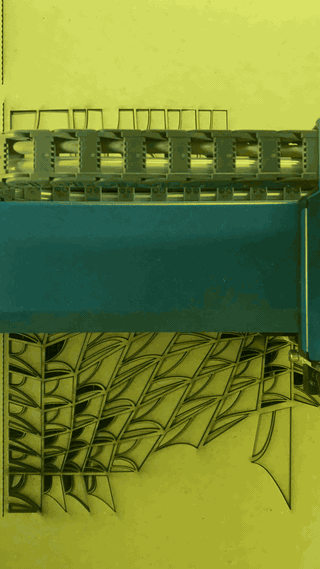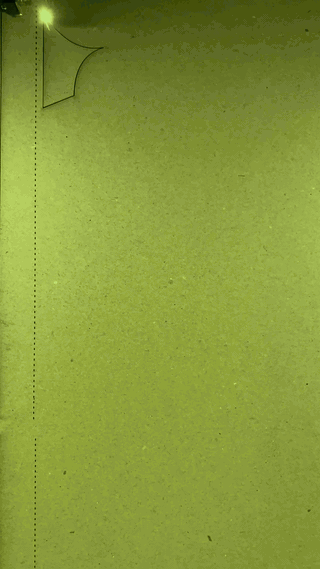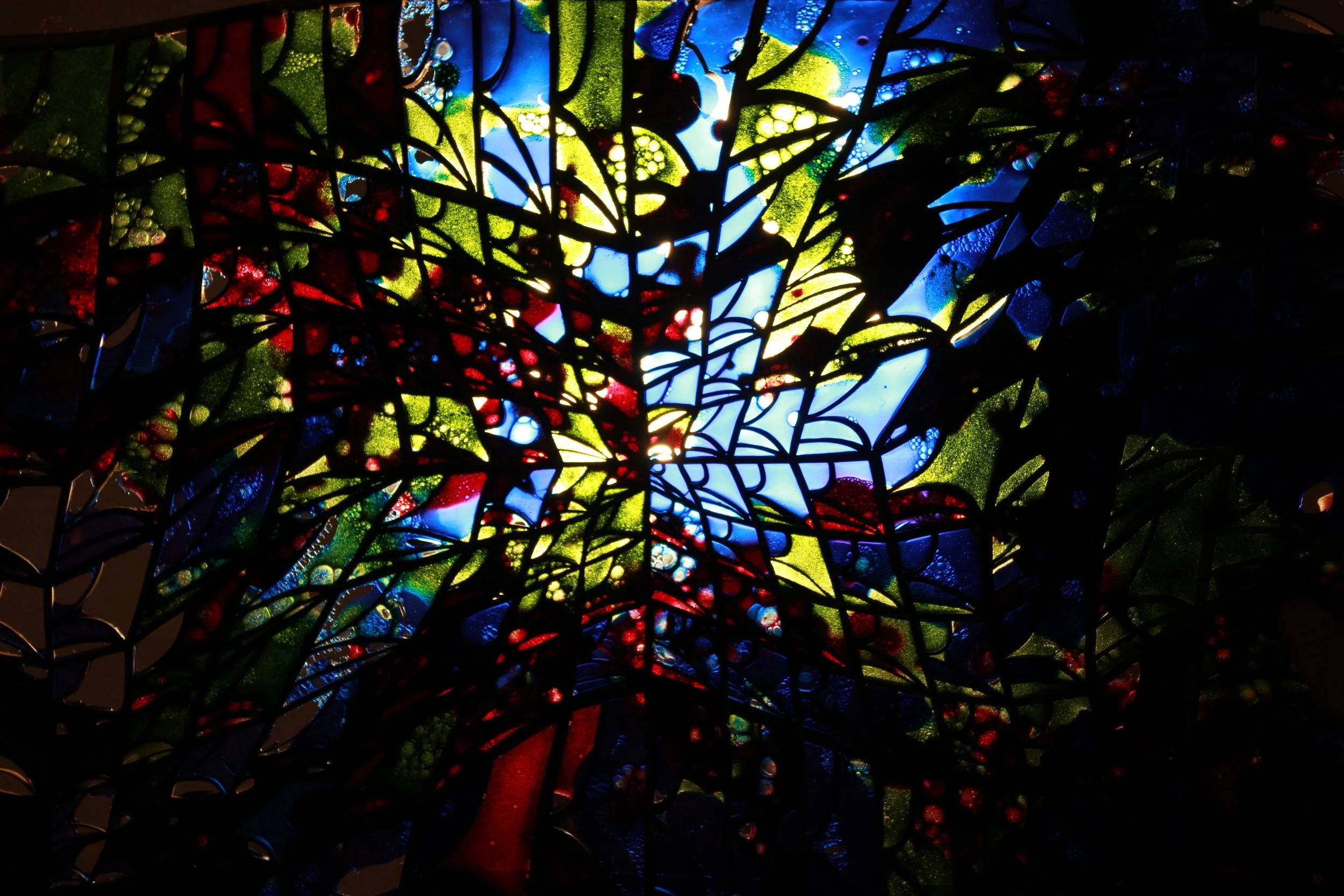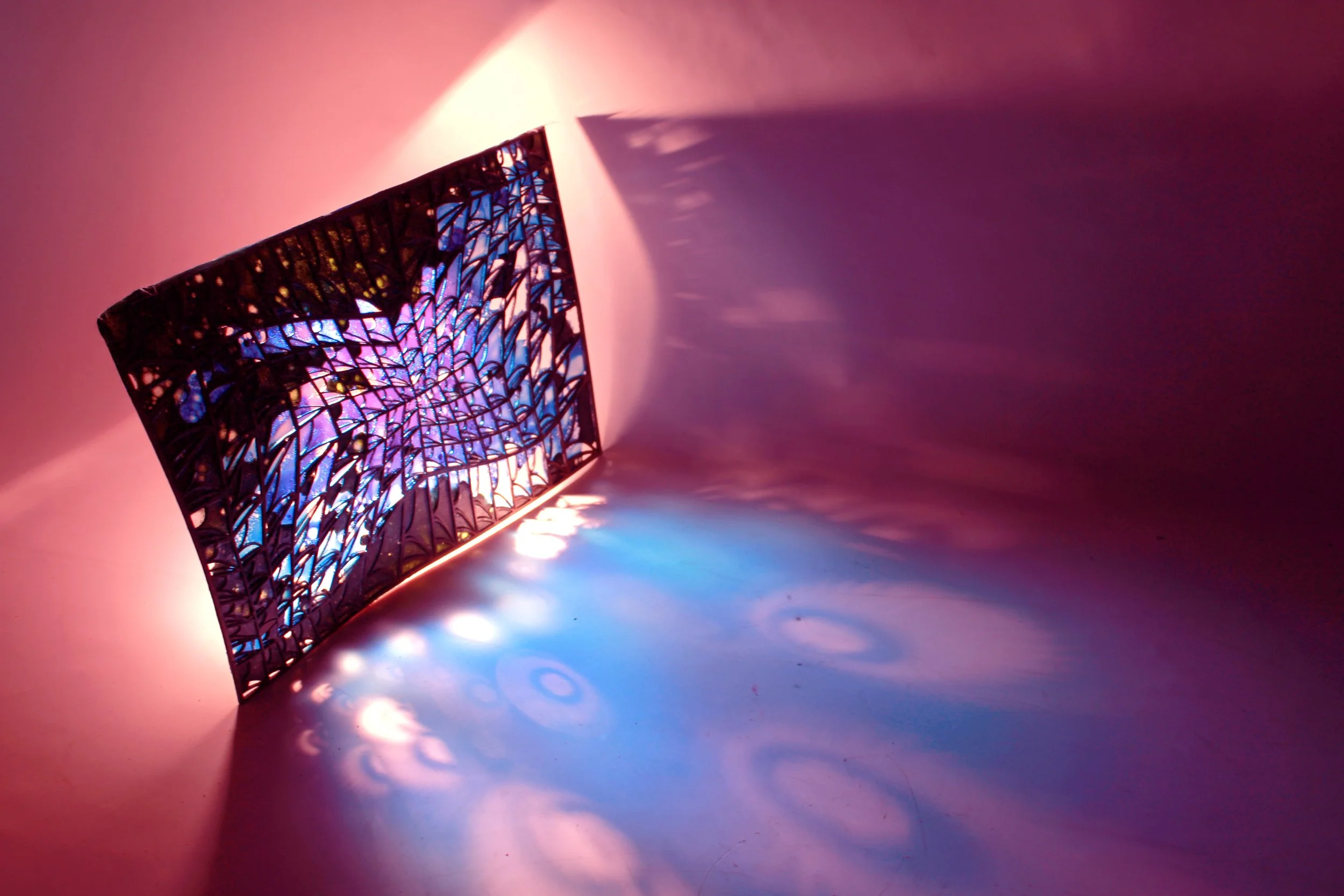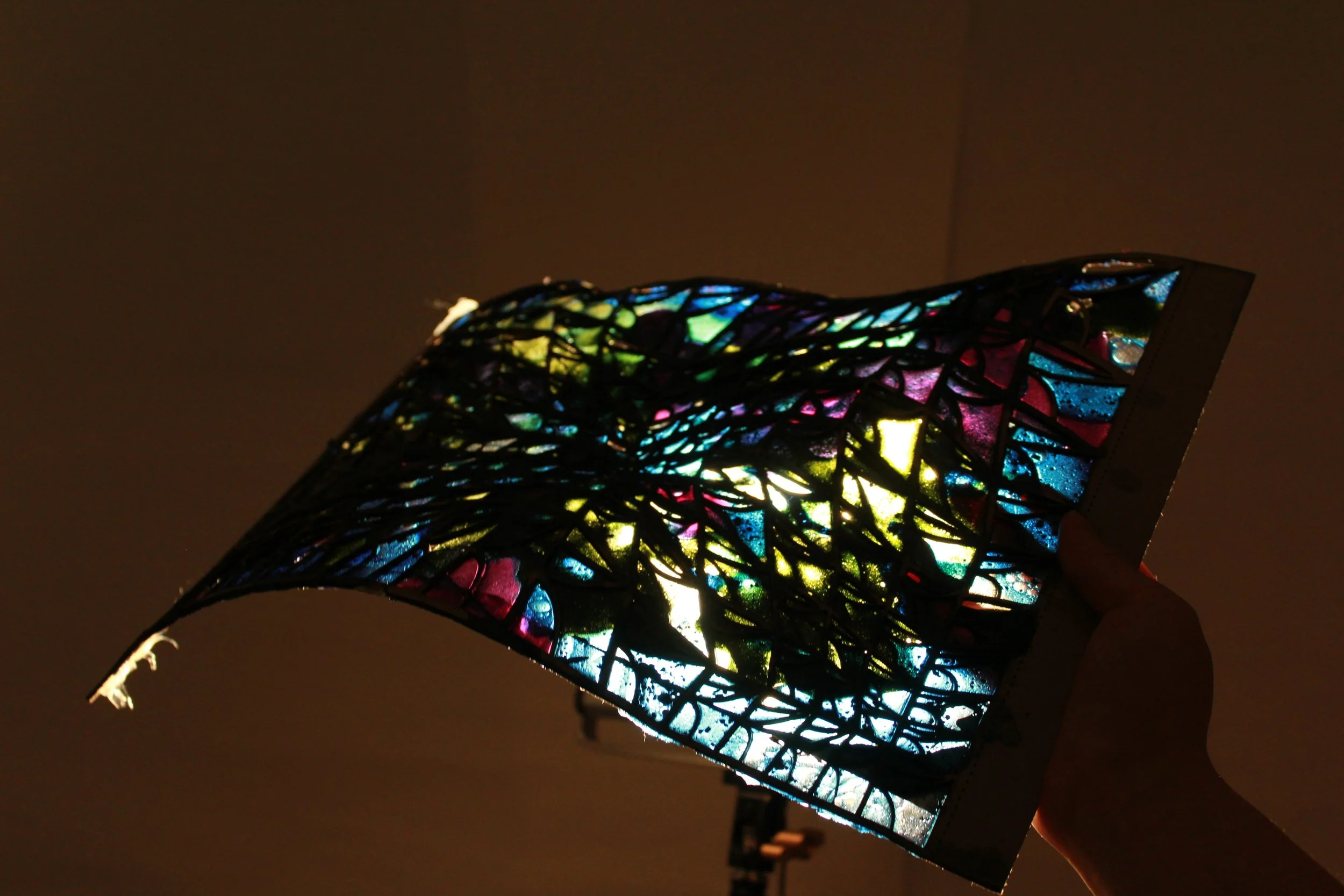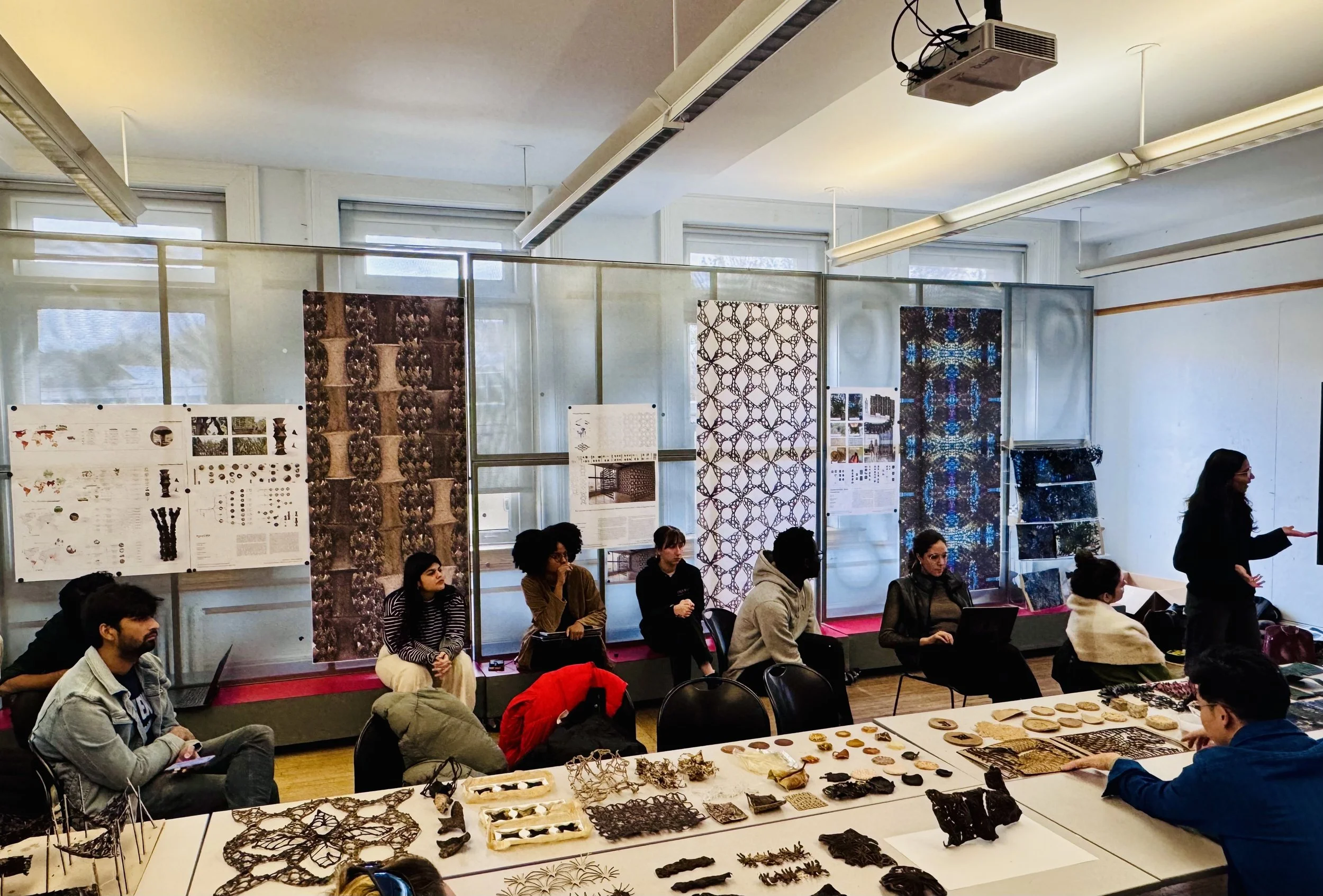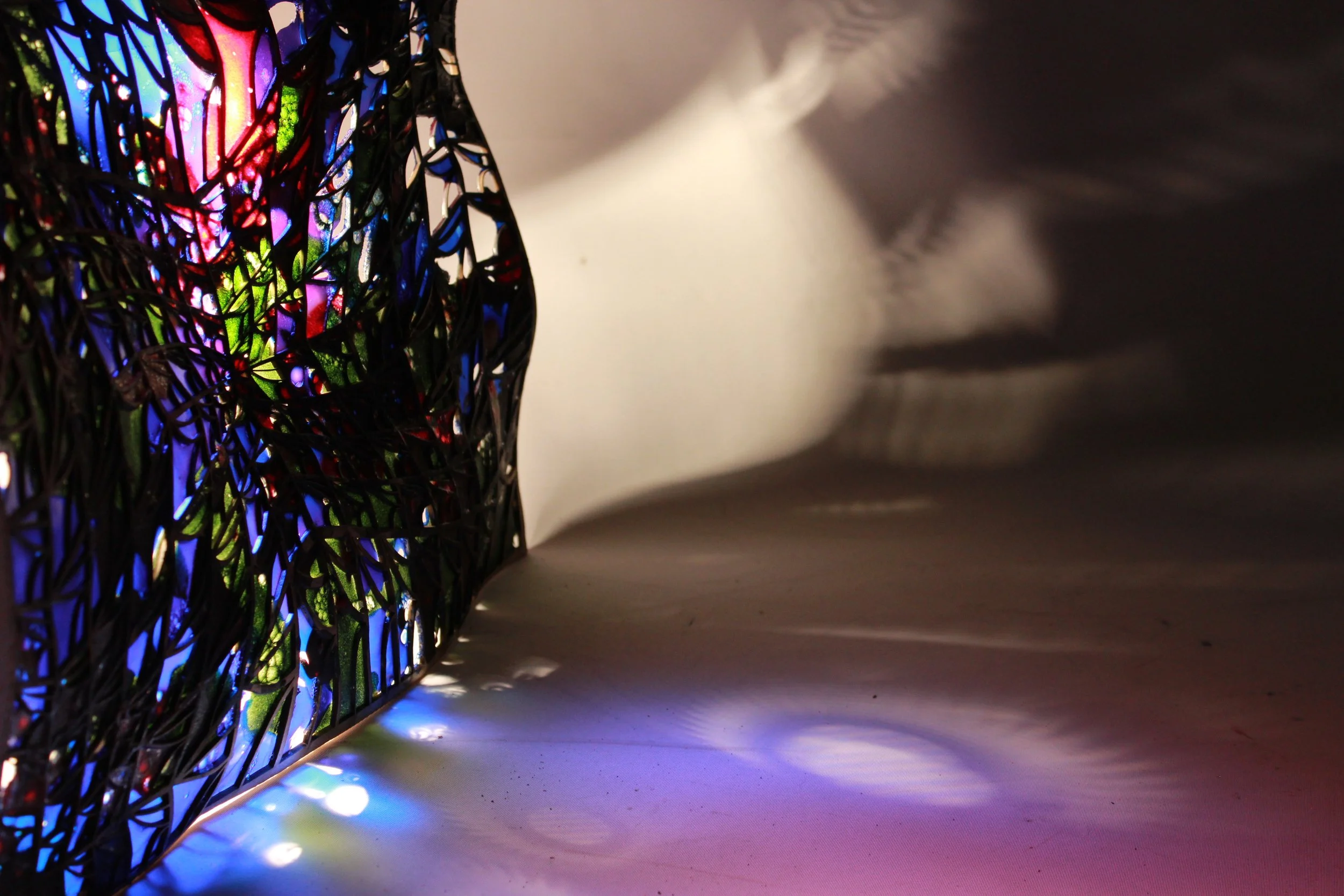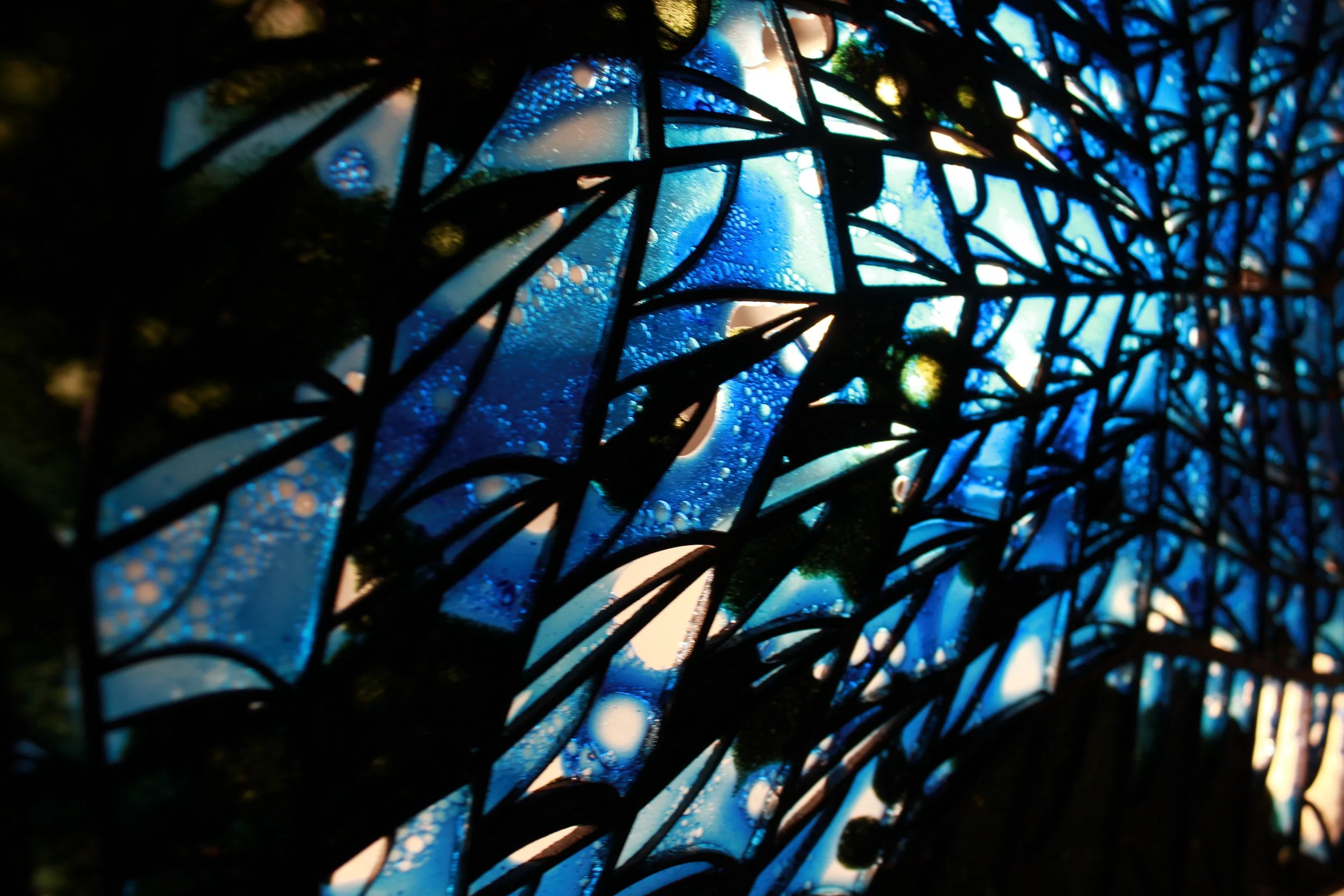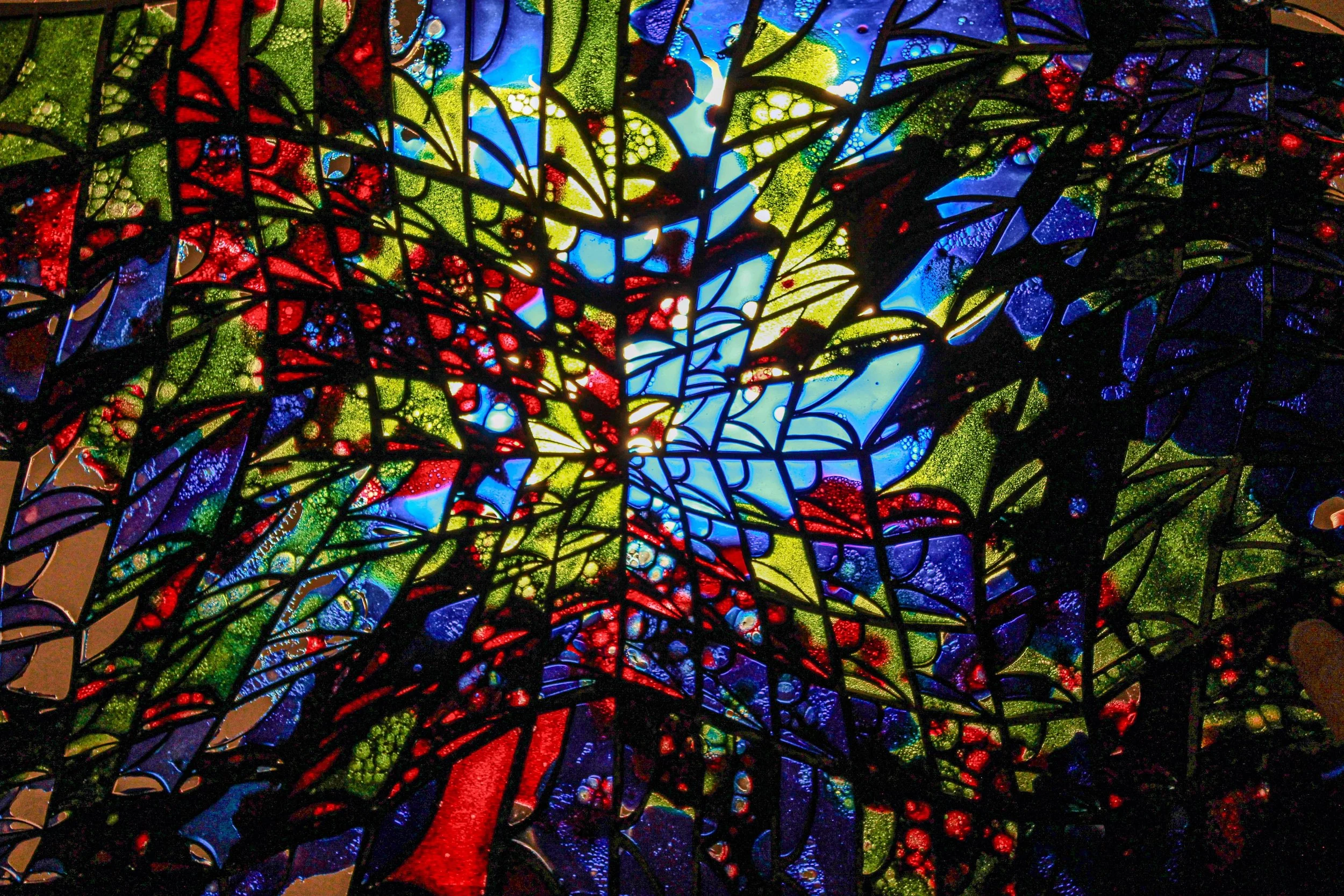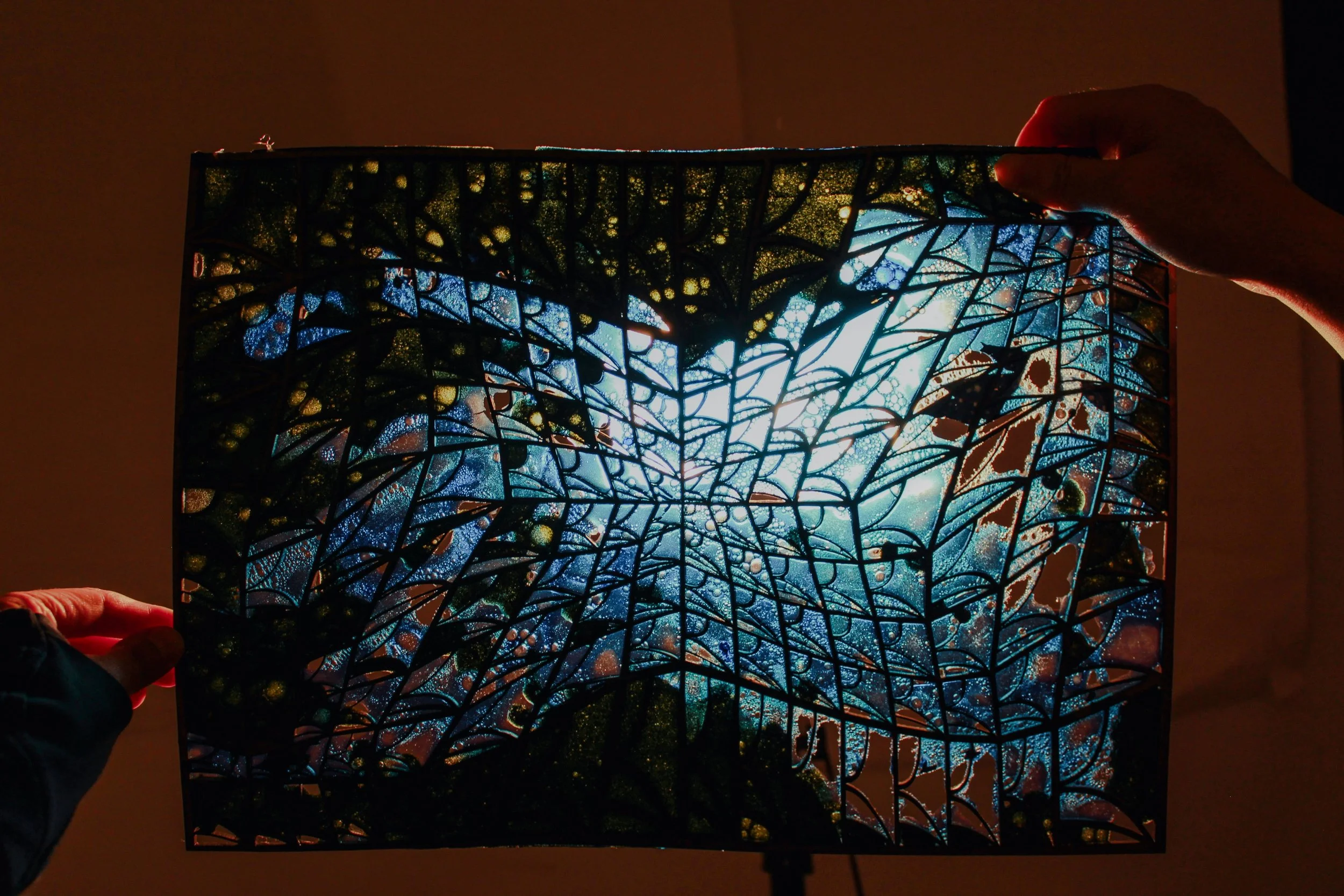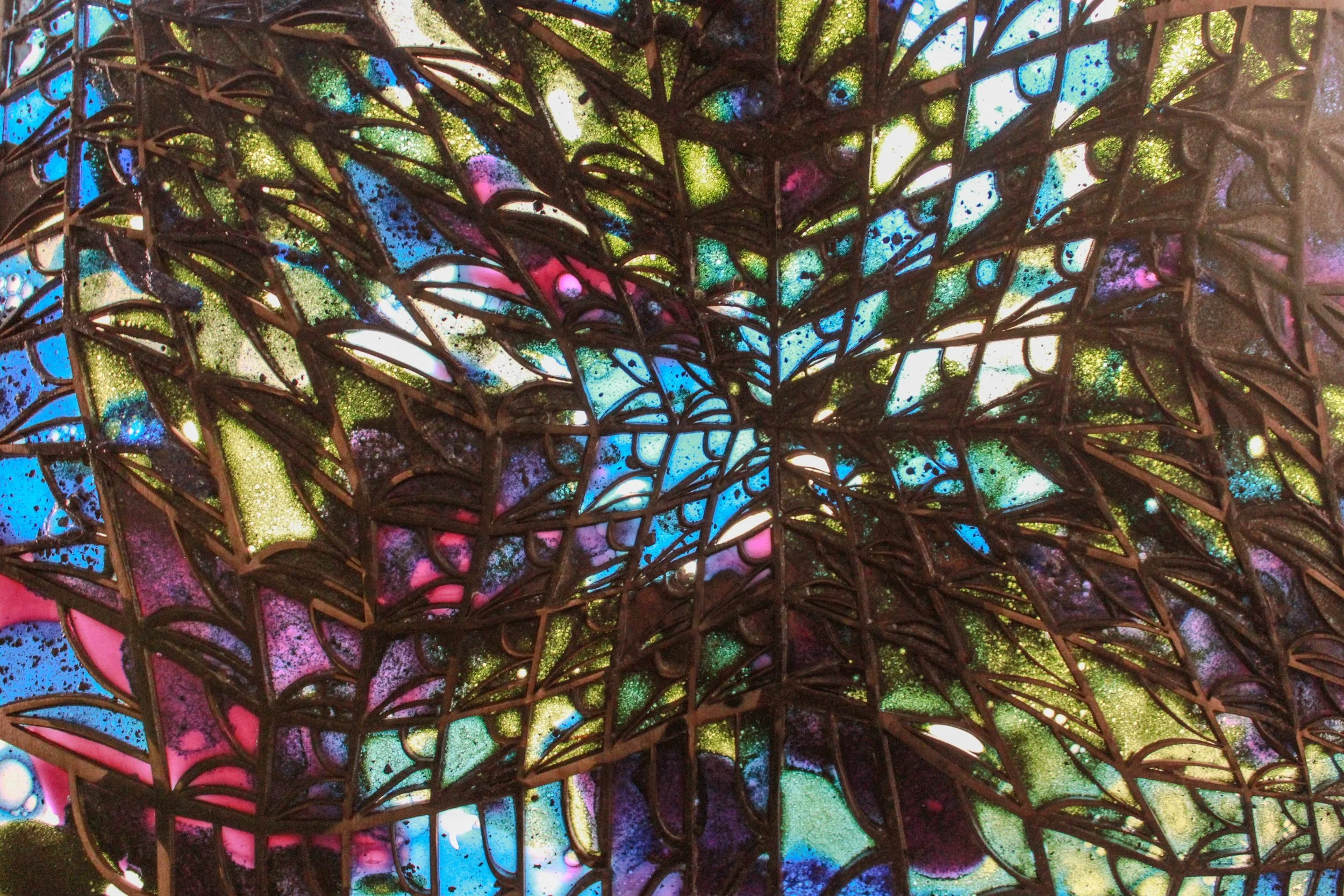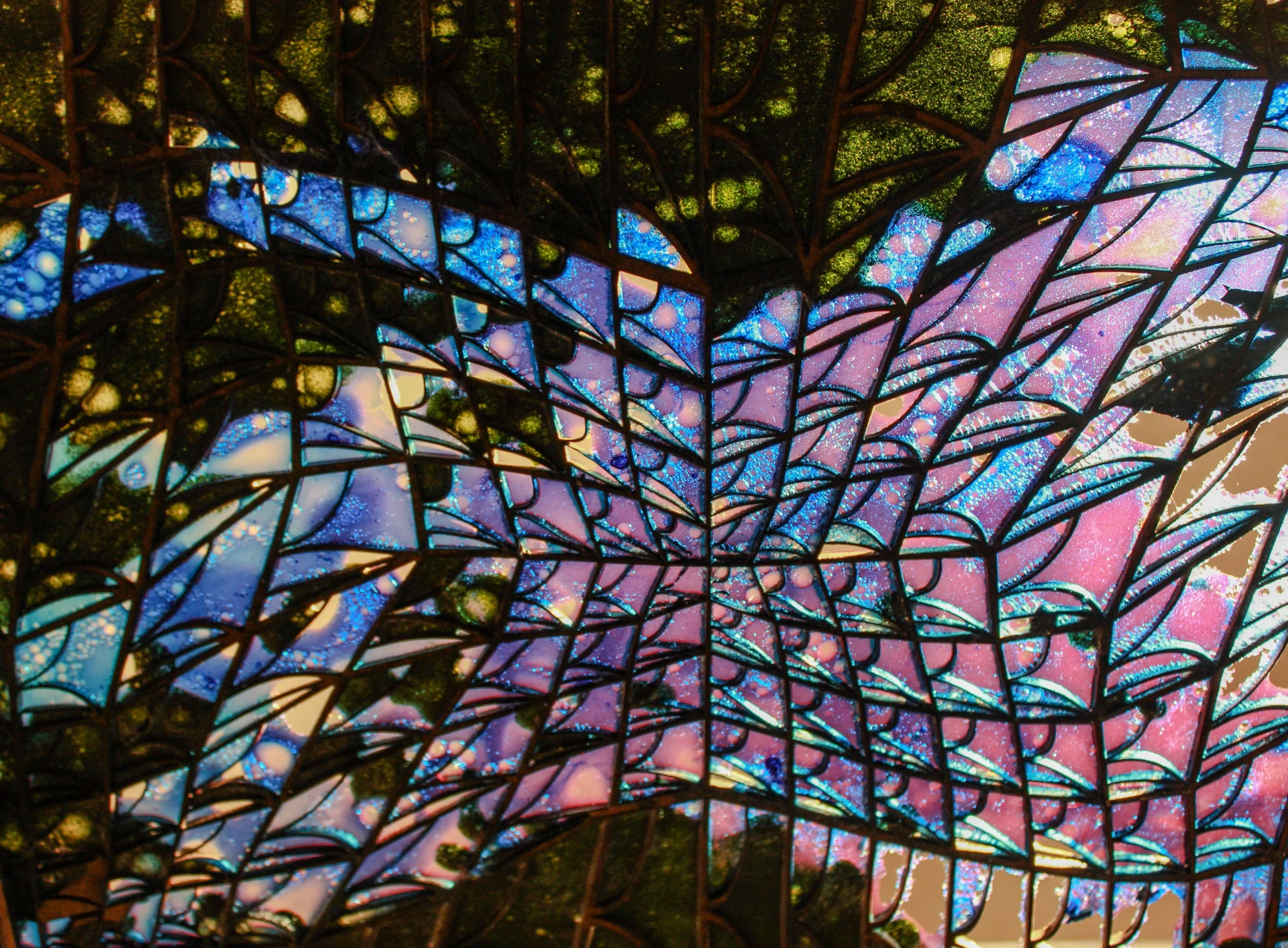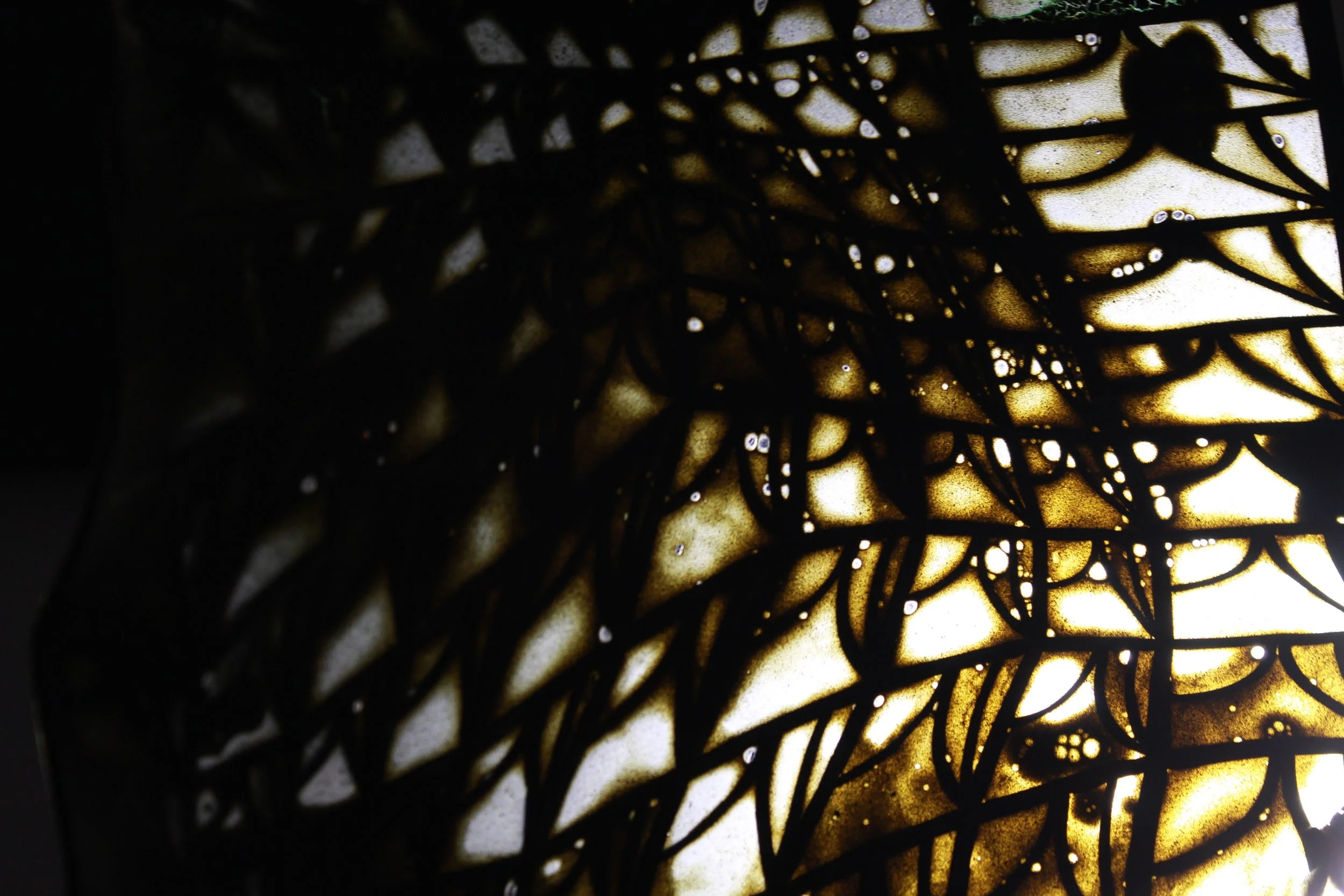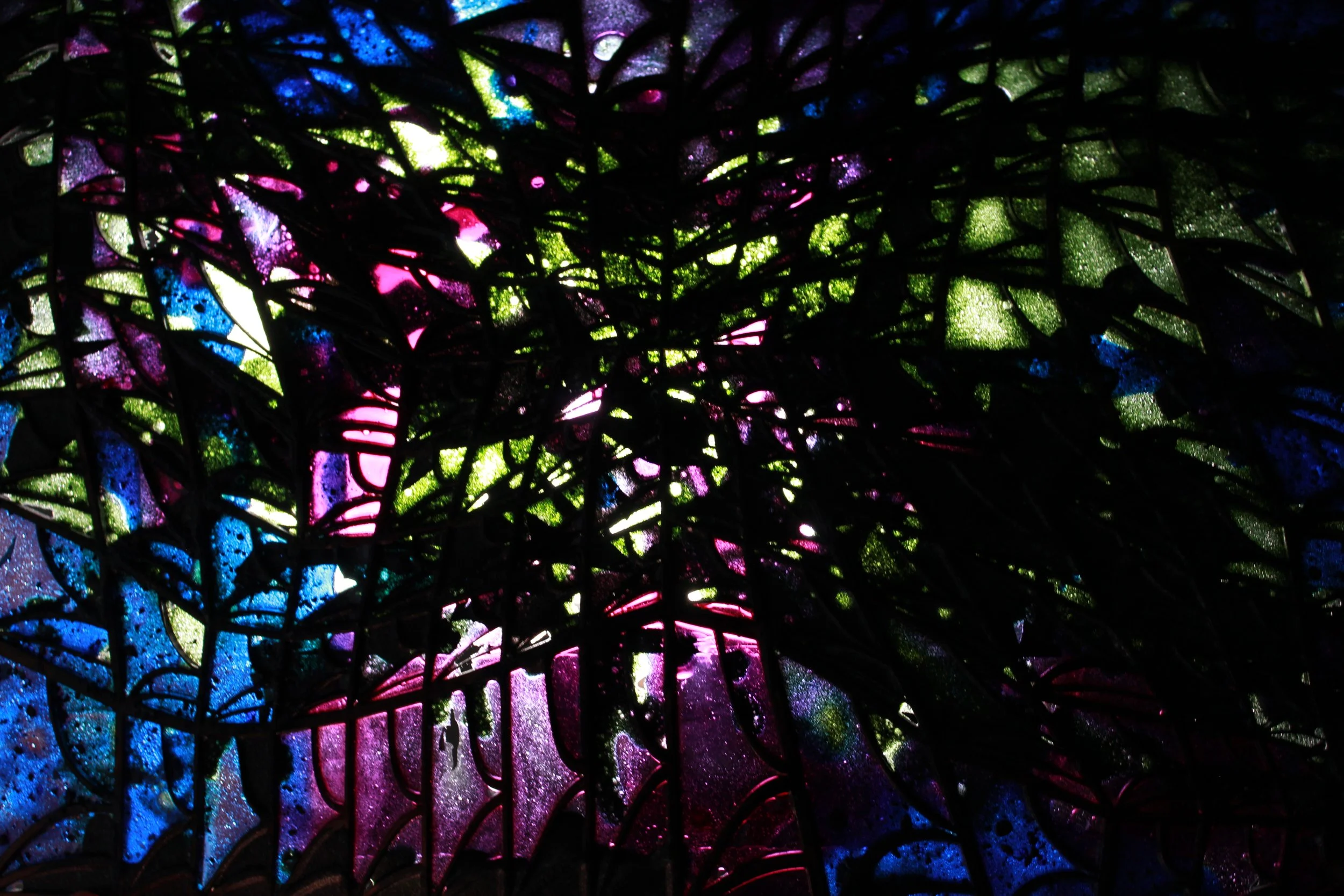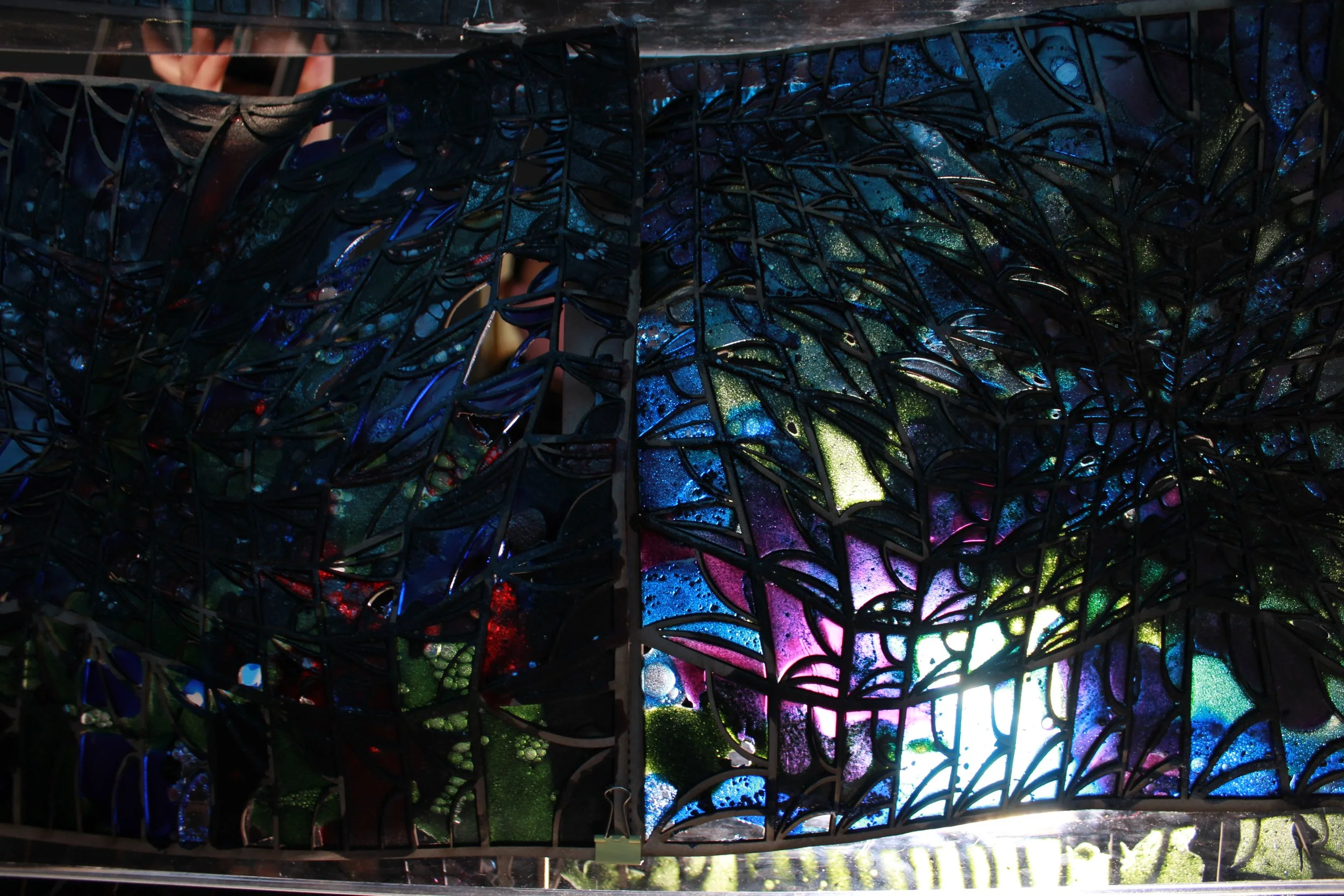
CRAFTING WITH BIOMATERIALS
Series Description:
This series explores the intersection of design, material science, and ecological thinking through the lens of biomaterials. Each project is an experiment in crafting with organic waste and locally foraged materials, investigating how we can co-create with nature rather than extract from it.
Rather than treating biomaterials as static objects, I document their transformations—how they morph, degrade, and interact with their environments over time. These explorations are as much about process as they are about outcome, aligning with a Nature-centric approach to design that seeks harmony between human ingenuity and ecological intelligence.
Key research questions include:
How can we develop fabrication techniques that repurpose urban and invasive biomatter into new material systems, fostering sustainable practices in both design and community engagement?
How can the inherent dynamism of biomaterials be choreographed over time, revealing their agency and potential for self-shaping structures?
Each project in this series links back to the others, forming a broader dialogue about material ecology and the future of regenerative design.
STAINED GLASS BIOPLASTICS: LIGHT, COLOR, AND TRANSLUCENCY
Inspired by the natural translucency of my spirulina-based bioplastic, I set out to explore its potential for creating stained glass-like effects. I was drawn to its vibrant green hue and influenced by colorful bioplastics I had seen online.
To push this idea further, I laser-cut an intricate pattern into a chipboard panel to use as a substrate for the bioplastic. The result unexpectedly resembled stained glass, sparking a new direction in my experimentation. I then expanded my materials to incorporate a wider range of colors, using natural pigments derived from red cabbage and beet to create striking variations in tone and transparency.
organic pigments
I tested natural pigments such as spirulina, red cabbage, beetroot, and hibiscus to achieve a range of vibrant colors. Each pigment reacted differently with light, revealing unexpected interactions when viewed under natural sunlight versus artificial lighting (LED and incandescent).
Potential applications include:
Art objects: Encased in resin or other clear materials, these bioplastics could be used in lampshades or decorative panels
Interactive materials: Future iterations could incorporate conductive elements or photochromic additives to create dynamic, light-responsive surfaces.
This project highlights how food waste and organic pigments can be repurposed into functional, aesthetic materials, opening possibilities for sustainable design applications.
